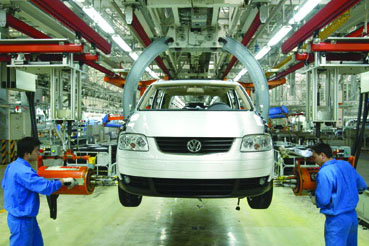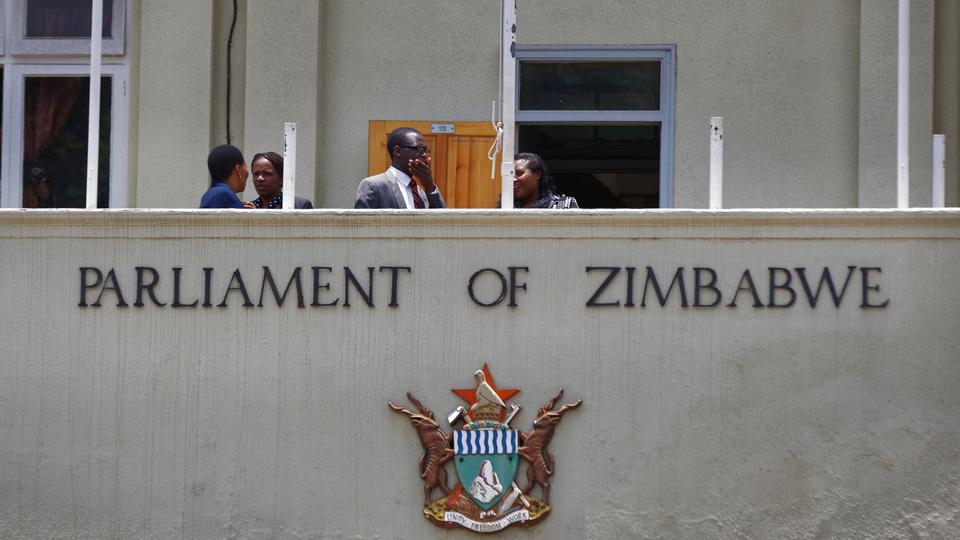
THE Southern African region’s export capacity is still dominated by commodity exports or semi-manufactured goods, reflecting a weak industrial development situation that limits the growth of intra-regional trade, a new report has revealed.
BY MTHANDAZO NYONI
According to a study on deepening regional integration in Southern Africa: The Role, Prospects and Progress of the Tripartite Free Trade Area (TFTA) presented on Monday in Bulawayo at the ad-hoc expert group meeting, Southern African countries were still lagging behind in terms of industrial development.
“Thus, the predominance of the primary agriculture and extractive sectors in the region’s production matrix, has no doubt compounded its vulnerability to cyclical terms of trade movements,” reads part of the report.
“While Sadc is endowed with abundant and diverse natural resources, our productive sectors do not practice value addition. In agriculture, Sadc countries continue to export unprocessed agricultural produce, earning approximately 10% of the potential value of the products,” it reads.
Thus, the low level of intra-Africa trade could be explained by the low level of industrial development, a major limitation towards the continent’s potential to grow intra-regional trade, report reveals.
The report says the main thrust of the industrialisation pillar was to promote the development and strengthening of regional value-chains, enhancing productive capacities of the tripartite through scaling up the production capacities of regional industries that present high potential for backward and forward linkages, such as pharmaceuticals, mining and agro-processing.
TFTA is part of an overarching Pan-African project aimed at integrating all countries in the Common Market for Eastern and Southern Africa (Comesa), Sadc and the East African Community (EAC).
- Chamisa under fire over US$120K donation
- Mavhunga puts DeMbare into Chibuku quarterfinals
- Pension funds bet on Cabora Bassa oilfields
- Councils defy govt fire tender directive
Keep Reading
In his presentation during the meeting, United Nations Economic Commission for Africa director for Southern Africa office, Said Adejumobi, said the innovative approach of the TFTA was to incorporate industrial and infrastructure development in the corpus of market integration.
He said without production, trade and market liberalisation will be meaningless.
“The industrial pillar seeks to boost the productive capacity of member-states, promote value addition and beneficiation and enhance economic diversification,” Adejumobi said.
He said the TFTA provides the architecture of development that would be crucial in realising the aspirations of Agenda 2063 and Agenda 2030.
“In many African countries, including those of Southern and Eastern Africa, the process of de-industrialisation has not abated. Manufacturing as share of gross domestic product (GDP) continues to fall,” he said.
He said the Sadc Industrialisation Strategy and Roadmap of 2015, the Comesa Industrialisation policy and EAC industrial policy agenda must all coalesce.
TFTA represents the most ambitious attempt at integrating African economies in creating a free trade area for 26 African countries of 632 million people, representing 51% of Africa’s GDP and constituted by the three regional economic communities — Comesa, Sadc and the EAC.
So far, 21 member States, including Zimbabwe, have signed the TFTA agreement, with one ratification (Egypt) and Uganda is in the process of doing so.
Fourteen ratifications are needed for the agreement to go into force.











